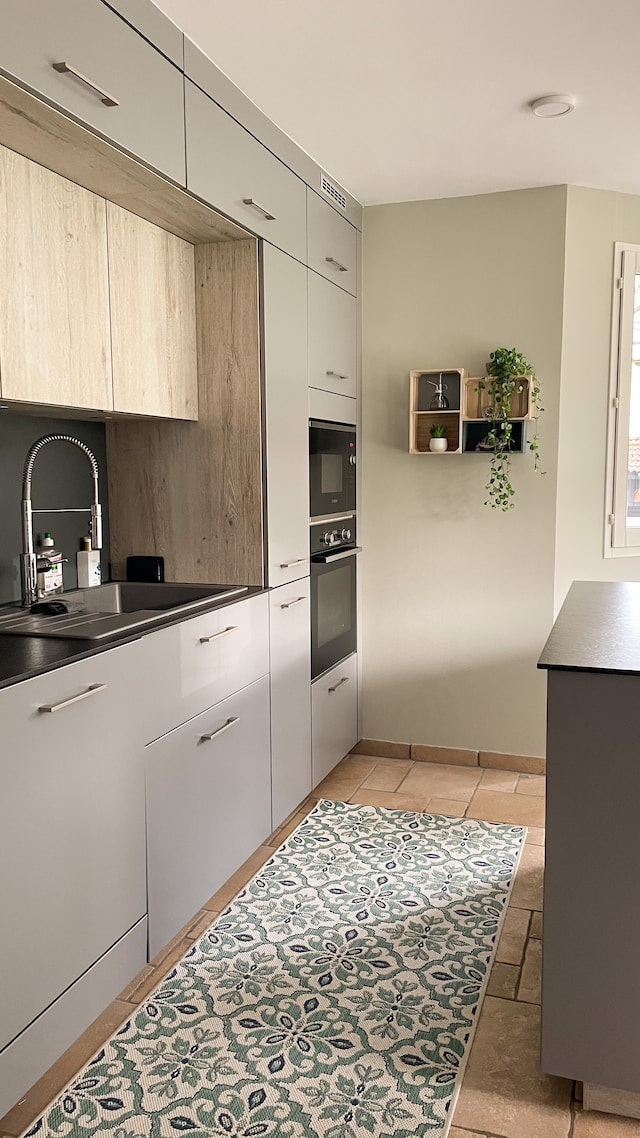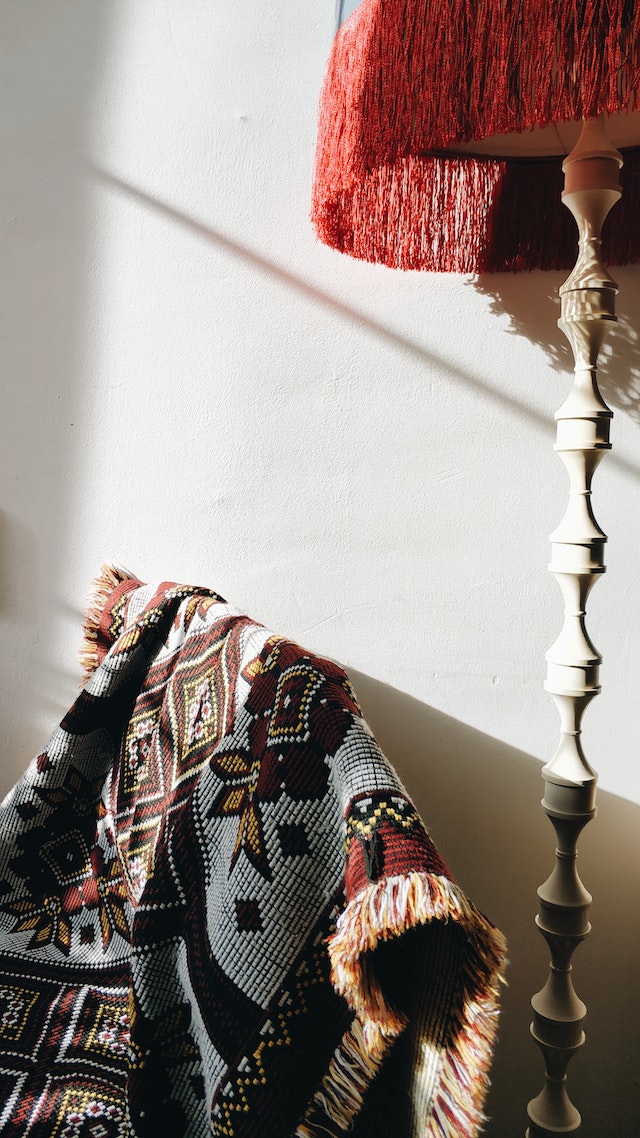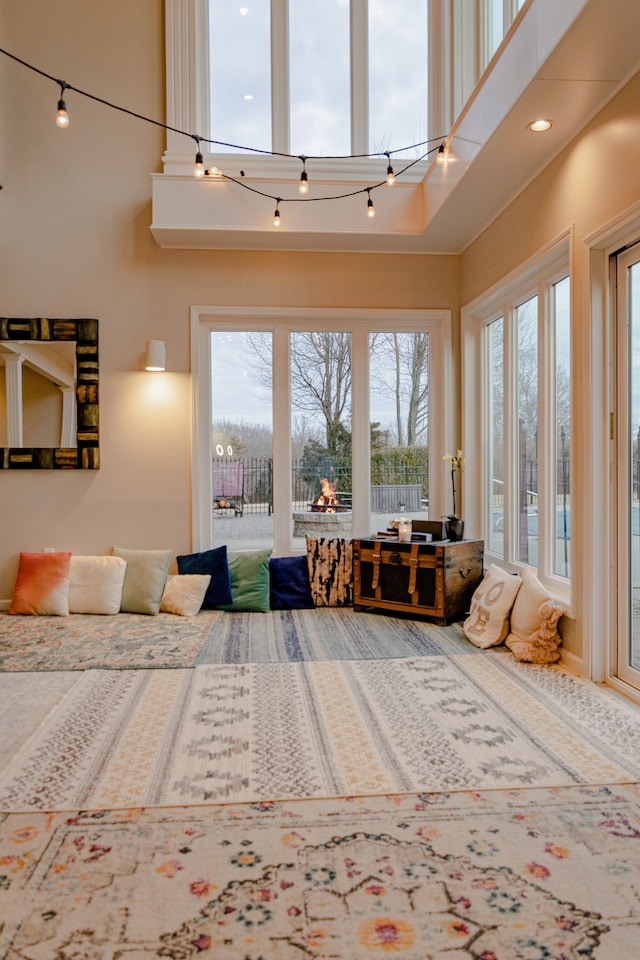Rug Weaving
History of Rug Weaving
The history of rug weaving is a fascinating journey that dates back centuries. (Did you know) Rug weaving has been practiced by cultures all around the world, each with their own unique techniques and designs. From the intricate patterns of Persian rugs to the vibrant colors of Navajo weavings, there is a rich tapestry of styles to explore.
Rug weaving has played a significant role in many societies, serving as both a functional item for warmth and comfort, as well as a form of artistic expression. (It's interesting) How different regions have developed their own signature styles, influenced by factors such as climate, materials available, and cultural traditions.
Despite the rise of modern manufacturing techniques, traditional rug weaving continues to thrive in many parts of the world. (Isn't it amazing) That artisans still use age-old methods passed down through generations to create beautiful handcrafted pieces?
In conclusion, the history of rug weaving is a testament to human creativity and ingenuity. (We should appreciate) The skill and dedication required to produce these works of art that have stood the test of time. Whether you prefer antique rugs or contemporary designs, there is something special about owning a piece of history woven into every thread.



